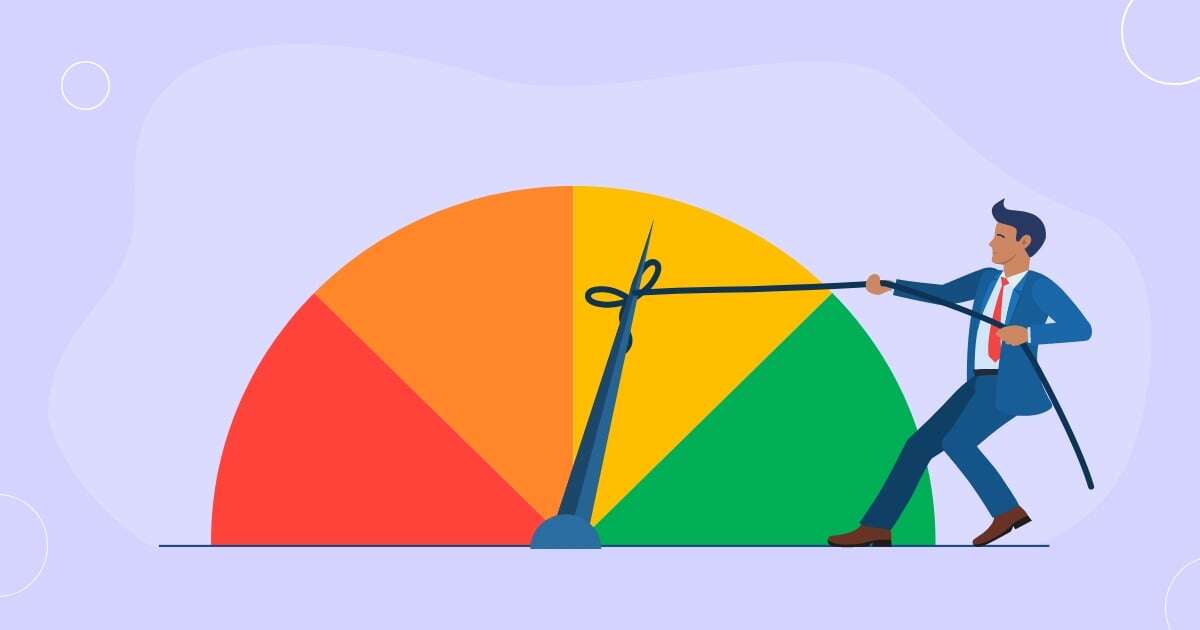A lot of information is available about managing and monitoring high-risk vendors. Since these elevated-risk vendors can disrupt your business operations and pose a great deal of risk to your organization, they have traditionally received a lot of attention. But what about medium-risk vendors? What differentiates them, and how do you manage and monitor them?
The following tips will help you identify medium-risk vendors and manage them effectively.
What Is a Medium-Risk Vendor?
High-risk vendors typically present a substantial amount of risk in multiple risk categories. In contrast, medium-risk vendors (also called moderate risk) may have elevated risks in a single risk category or multiple modest risks across several risk categories. It's important to understand that medium-risk vendors can handle important services, but they don’t access, process, transmit or store confidential information (PII or PHI), and are never customer-facing. In addition, a medium-risk vendor would only have limited access to your systems and facilities.
To illustrate scenarios involving medium-risk vendors, let's look at the following examples:
- Suppose you use a commercial printer to produce your annual privacy policy disclosure. Those disclosures are required by law, and failure to provide them to your customers represents a high regulatory risk. Still, there are many printers you could use if necessary, and your organization has a long lead time for producing the disclosures. The high-regulatory risk is still there but is easily mitigated when there are multiple vendors to choose from. This is a good example of a medium-risk vendor.
- In another example, imagine your vendor provides project management and timekeeping software. Clearly, project management is important. If the system goes down, your project management team may have to implement some workarounds and suffer reduced productivity. Still, it’s unlikely to significantly interfere with your day-to-day operations or impact your customers.
The vendor provides an important product or service to your organization in both scenarios. Still, losing the vendor wouldn't cause significant disruption to your operations and won't impact your customers.
Assessing Medium-Risk Vendors
Medium-risk vendors pose substantial risks to your organization, so you must ensure effective processes for identifying, assessing, mitigating, and monitoring those risks. Although medium-risk vendors don't require the same level of attention as high-risk vendors, performing due diligence on their risk practices and controls is important, as is setting a regular cadence for risk re-assessment. Regular performance and risk monitoring is essential as well.
Formal risk re-assessments and reviews can be conducted every 18 months, depending on the provided service or service. You should:
- Look for any new or changing risks
- Ask the vendor to review their due diligence questionnaire to ensure that the answers originally provided are still applicable, or to update the questionnaire if necessary
- Collect updated due diligence documents
- If there are new or changing risks, a full risk review conducted by qualified subject matter experts is necessary
4 Best Practices for Monitoring Medium-Risk Vendors
- Formal performance monitoring and reviews should occur once or twice a year. This is based on previous performance and whether there have been any previous issues.
- Pay attention to the vendor's industry. Changes to industry standards, consumer behavior, or regulatory changes can affect your vendor's risk level.
- Watch for negative vendor news or media reports. To do this, set internet news alerts or subscribing to risk alert and monitoring services.
- Make sure to monitor expiring documentation between reviews. Insurance certificates, for example, are only good for one year. You’ll need to have a current insurance certificate, regardless of your formal risk-review cadence.
While medium-risk vendors may not carry the same level of risk as high-risk vendors, they still present significant risks that need to be identified, assessed, managed, and monitored. It’s ultimately up to your organization to determine how to identify medium-risk vendors and your organization must be prepared to explain and defend those decisions to auditors and examiners, no matter your methodology.


